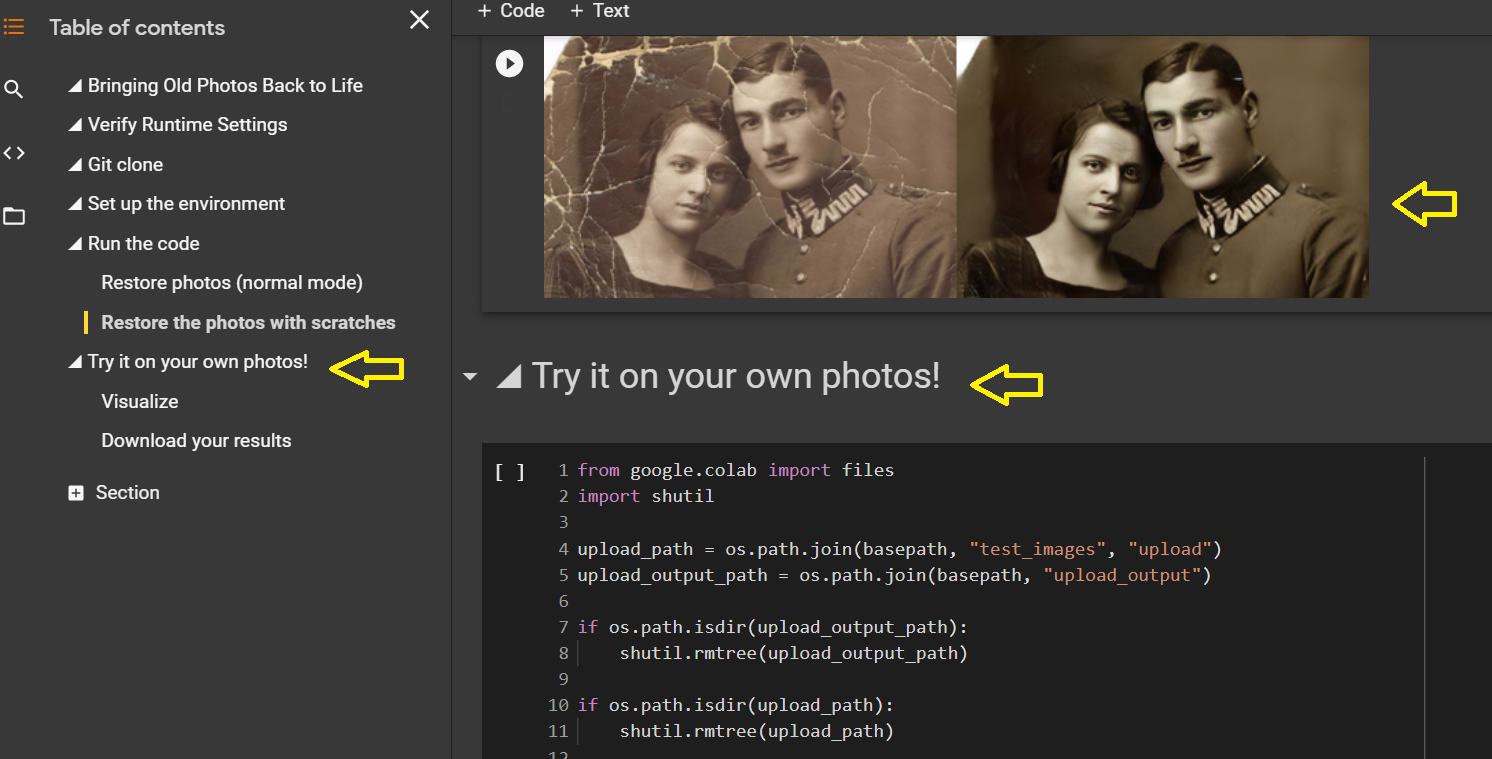Recently the story of the student who lost his seat in IIT due to inadvertently clicking the wrong link made headlines.
The story is sad and hopefully the Supreme Court will allow him to get a seat on humanitarian grounds. One of the assertions by IIT was that; withdrawal is a conscious two-step process. The student has to enter a reason for withdrawal. While I don't know the UI(User Interface) for IIT - I wonder could the experience have been made better so such an error could not have easily happened ?
If you approach the UI design thinking that ~90% of the students who get into IIT will not reject the seat, then perhaps the design could have been different.
Consider, instead of just asking for 'reason for withdrawal' - could additional UI elements have made the student realize what he was doing ?
- Red exclamation point ❗️/ stop sign 🚫
- Clearer message - 'You will lose your seat' !!! ( Certainly more meaningful that using the word 'freeze' as the articles suggest. )
- Simplification of language and double check - 'Are you sure ?' 🔴
- A waiting period before accepting the withdrawal ( this could pose issues to other candidates of course )
- A separate mail / call confirming the withdrawal
UI design and UX (User Experience) design are vast fields with the attendant deep knowledge and experience required for best results. This is not restricted to software alone either. Add in making design decisions which will help people with special needs, health issues, color blindness, deafness etc., it is a field that cannot be under-rated. And it begins with one question -
Who is the audience and what do we want to help them accomplish ?
There is never a perfect UI design that can ensure no errors but gentle nudges (not always gentle as the dark patterns in UI show) towards a desired outcome is part of the design and UX.
And what can be more desired than a seat in IIT to a JEE Aspirant ?
References :
- Nudge
- Dark Patterns in UI
- Dark Patterns in ecommerce sites
- Interfaces designed to trick you































